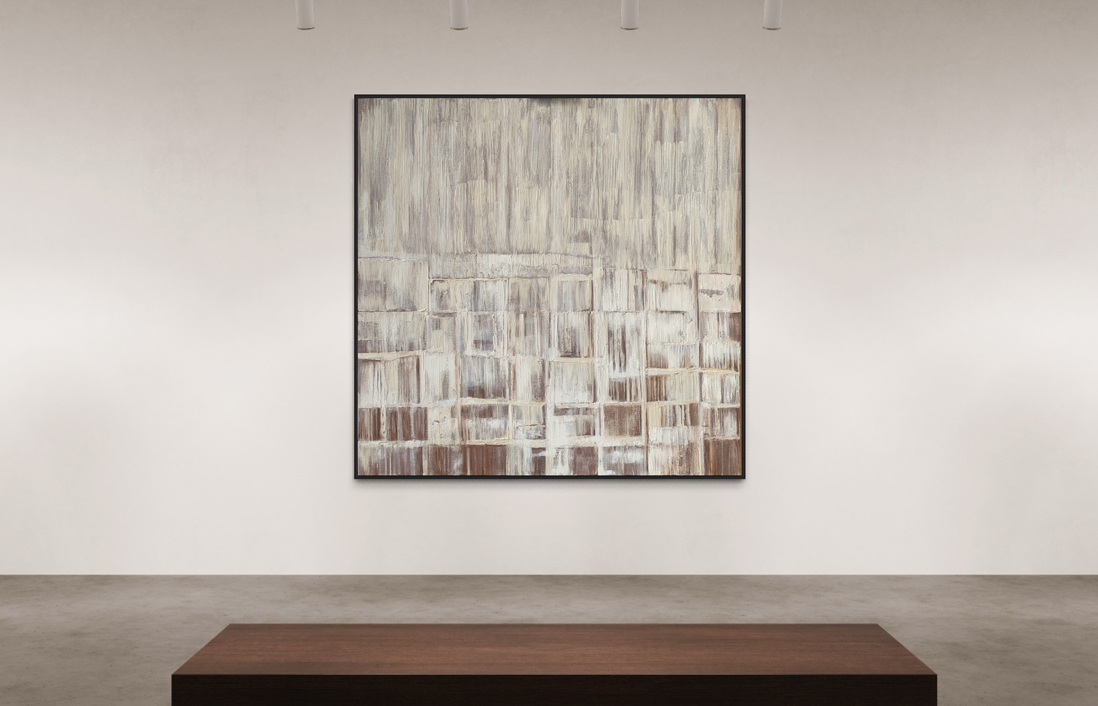

What Is Considered High-End Art?
Art has been a part of human culture for thousands of years. It has served as a medium of expression, communication, and reflection of societal values. Today, the art world is diverse and broad, with numerous styles, mediums, and genres.
However, high-end art has always been recognised as a unique class of art that is exceptional and revered in the art world. High-end art refers to artworks that are considered to be of exceptional quality, rarity, and historical significance, and they are typically created by renowned artists.
The art world is continuously evolving, and the classification of high-end art has played a critical role in shaping it. This post will delve into what is considered high-end art, its defining characteristics, and why it is important in the art world.
Why is high-end art important in the art world?
High-end art holds a special place in the art world, as it represents the highest level of artistic expression and excellence. It serves as a benchmark for artists to aspire to and collectors to invest in. High-end art also adds value to the art world by contributing to the cultural narrative, promoting diversity, and preserving history.
High-end art is often the focus of museum exhibitions, art fairs, and auctions, drawing art lovers and collectors from around the world. It plays a crucial role in promoting art education and increasing public awareness of art. It has the potential to transcend cultural, social, and geographic boundaries, making it a universal language of artistic expression.


Characteristics of High-End Art
High-end art is defined by its exceptional quality, rarity, and historical significance. These three characteristics contribute to the artwork’s overall value and significance, making it a coveted class of art in the art world.
Rarity
High-end art is often rare or unique, with only a few existing examples. The rarity of high-end art contributes to its value and exclusivity, making it a highly sought-after commodity. The rarity of a piece of art can be due to various factors, including the artist’s limited output, the historical context, and the medium used.
Rare examples of high-end art include Leonardo da Vinci’s “Salvator Mundi,” which was the last painting attributed to the artist in private hands, and Vincent Van Gogh’s “Irises,” which is one of the few surviving floral still lifes by the artist.
Historical Significance
High-end art often has significant historical importance, either as a representation of a particular period or as a contribution to an artistic movement. Artworks that capture significant moments in history or convey cultural and social commentary are often considered high-end art.
Examples of high-end art with historical significance include Pablo Picasso’s “Guernica,” which is a powerful anti-war statement inspired by the bombing of Guernica during the Spanish Civil War, and Marcel Duchamp’s “Fountain,” which challenged traditional notions of art and revolutionised the art world.
Exceptional Quality
High-end art is characterised by its exceptional quality, which encompasses the artwork’s technical execution, artistic vision, and aesthetic appeal. These arts often demonstrate a mastery of the medium, with impeccable technique and attention to detail. The artwork’s artistic vision is also essential, as it communicates the artist’s unique perspective and creativity.
Examples of high-end art with exceptional quality include Michelangelo’s “David,” a masterpiece of Renaissance sculpture, and Claude Monet’s “Water Lilies,” a series of paintings that captures the beauty and tranquillity of the natural world.


Different Forms of High-End Art
These kinds of art take many forms, from traditional painting and sculpture to more contemporary installations and performance art. The form of art chosen by the artist can significantly impact the artwork’s interpretation and value, making each form unique and distinct.
Painting
Painting is one of the oldest forms of art, and high-end paintings are considered some of the most valuable works of art. Paintings are often created using a variety of mediums, including oil, acrylic, and watercolour, and on different surfaces, such as canvas, wood, or paper. High-end paintings are characterised by their exceptional quality, historical significance, and artistic merit.
Examples of high-end paintings include Leonardo da Vinci’s “Mona Lisa,” which is considered one of the most iconic and valuable paintings in the world, and Vincent Van Gogh’s “Starry Night,” which is a masterpiece of Post-Impressionist painting.
Sculpture
Sculpture is another traditional form of high-end art that has been used to create some of the most impressive works of art. Sculptures can be created from a variety of materials, including marble, bronze, wood, and even ice. High-end sculptures are characterised by their exceptional quality, technical skill, and aesthetic appeal.
Examples of high-end sculptures include Auguste Rodin’s “The Thinker,” which is a powerful representation of human introspection.
Installation Art
Installation art is a relatively new form of art that emerged in the 1960s and has since become a popular form of high-end art. Installation art involves creating an immersive environment that engages the viewer’s senses and emotions. The art can include a combination of materials, including sculptures, videos, sounds, and lights.
Examples of high-end installation art include Yayoi Kusama’s “Infinity Mirror Rooms,” which offers a surreal and immersive experience, and Ai Weiwei’s “Sunflower Seeds,” which is a powerful statement on individuality and collective action.
Performance Art
Performance art is a form of art that involves live performances that challenge traditional artistic conventions. The performances can include dance, music, theatre, and other forms of expression. High-end performance art is characterised by its innovation, creativity, and social and political commentary.
Examples of high-end performance art include Marina Abramovic’s “The Artist is Present,” which involved the artist sitting in silence for eight hours a day for three months, and Laurie Anderson’s “United States,” which is a multimedia performance that explores American culture and identity.


The Impact of High-End Art
High-end art has a significant impact on society, the economy, psychology, education, and the environment. Understanding the impact of high-end art is essential in appreciating its importance and significance in the world.
Social Impact
High-end art has a significant social impact by providing a platform for social and political commentary, promoting cultural exchange, and creating a sense of community. High-end art can challenge societal norms and stimulate discussions on important social issues, such as race, gender, and sexuality. High-end art also brings people together and promotes cultural exchange, breaking down cultural barriers and creating a sense of shared humanity.
Economic Impact
This type of art has a significant economic impact, as it is a multi-billion-dollar industry that generates jobs, revenue, and tourism. High-end art can boost local economies by attracting art collectors and enthusiasts from around the world. Auction houses, galleries, and museums are significant players in the high-end art market, driving up the prices of high-end art and creating a demand for art-related services.
Psychological Impact
High-end art has a significant psychological impact by stimulating emotions, creativity, and imagination. High-end art can provoke a range of emotional responses, from joy and wonder to sadness and contemplation. It can also inspire creativity and imagination, encouraging people to think beyond their everyday experiences and explore new possibilities.
Educational Impact
High-end art has a significant educational impact by promoting learning and critical thinking. High-end art can provide a window into different cultures and historical periods, allowing people to understand and appreciate the diversity of human experiences. Furthermore, it can also promote critical thinking by encouraging people to analyse and interpret art and its meaning.
Environmental Impact
This art has a significant environmental impact, as it can create waste and contribute to environmental degradation. High-end art can involve the use of materials that have a significant environmental impact, such as oil-based paints, plastics, and metals. It also requires transportation and storage, which can have a carbon footprint.
However, there is an increasing focus on sustainable and environmentally conscious high-end art, which uses eco-friendly materials and promotes environmental awareness.


Discover The Transformative Power of High-End Art
High-end art is not only a beautiful form of expression, but it also has significant impacts on various aspects of our lives. Moreover, it’s important to note that high-end art is not just for the elite or wealthy but something that everyone can appreciate and enjoy. At Artistic Licence, we believe everyone deserves access to high-end art, which is why we offer bespoke art catering to a wide range of budgets and tastes.
So, whether you’re a seasoned art collector or just starting your art journey, don’t hesitate to reach out to us and explore the world of high-end art. Let us help you transform your space and enhance your life with the power of high-end art.

